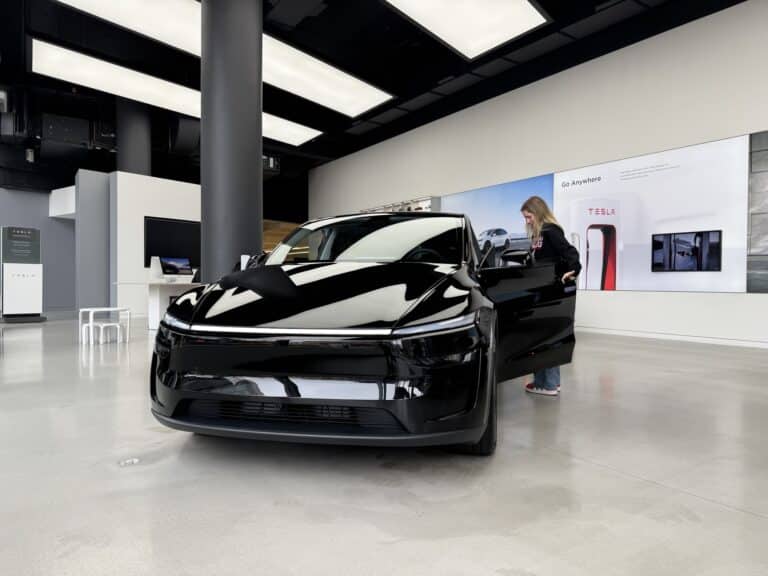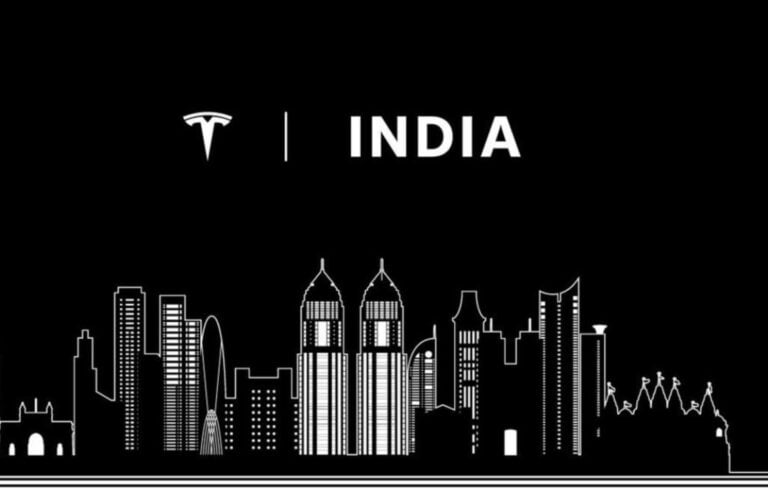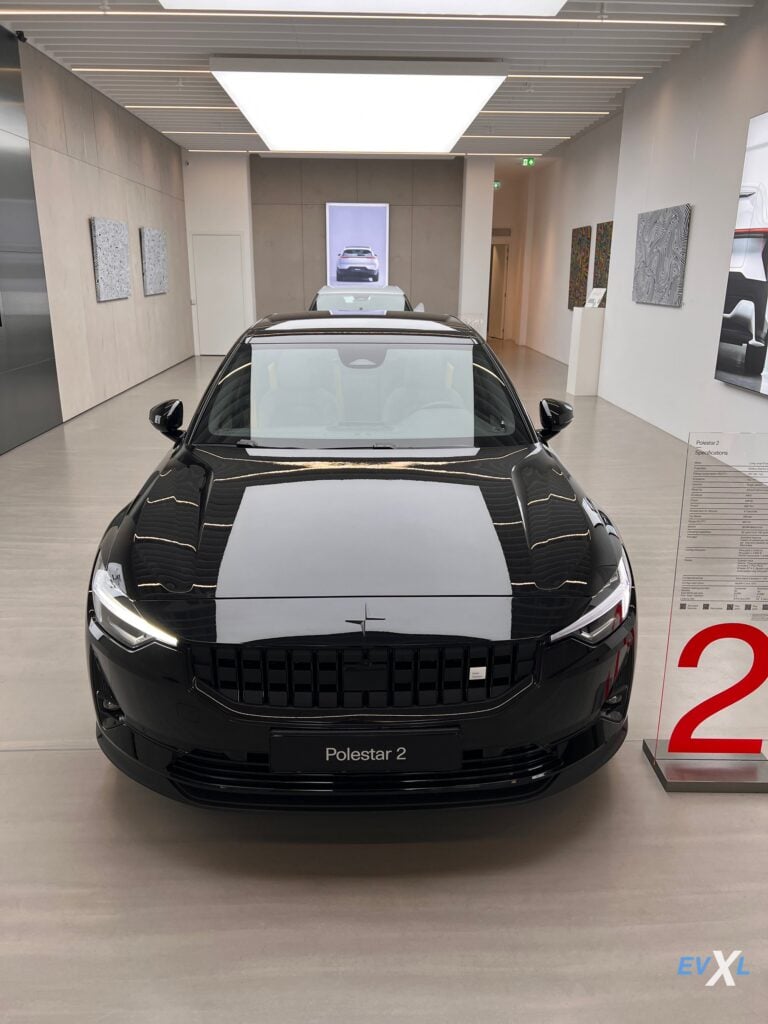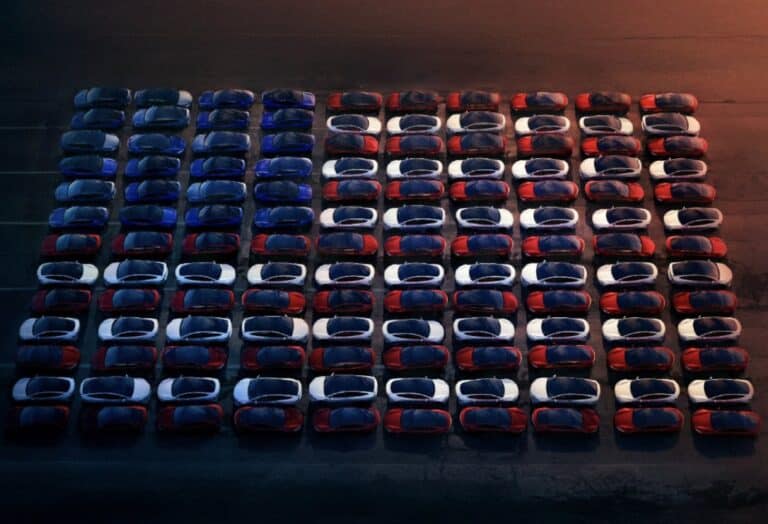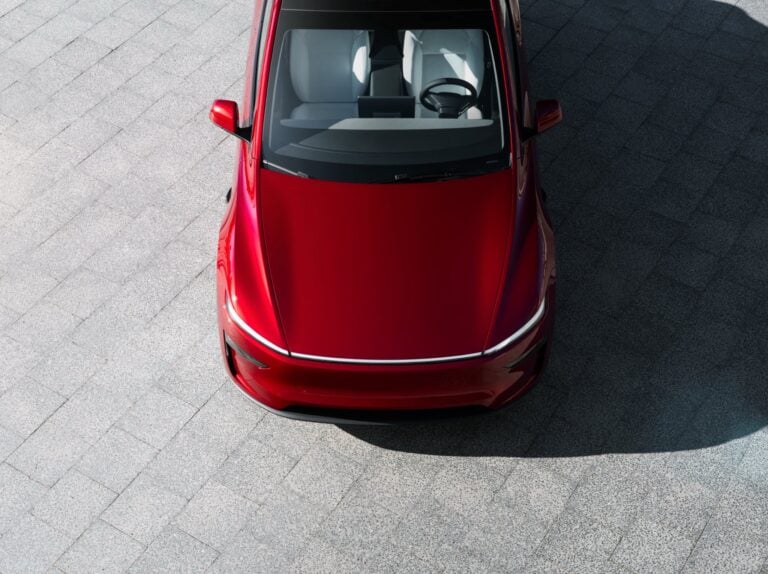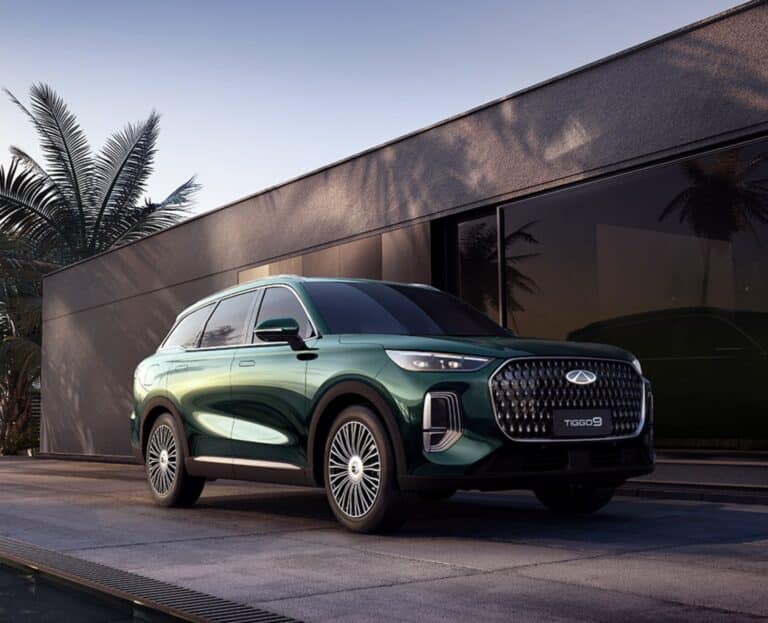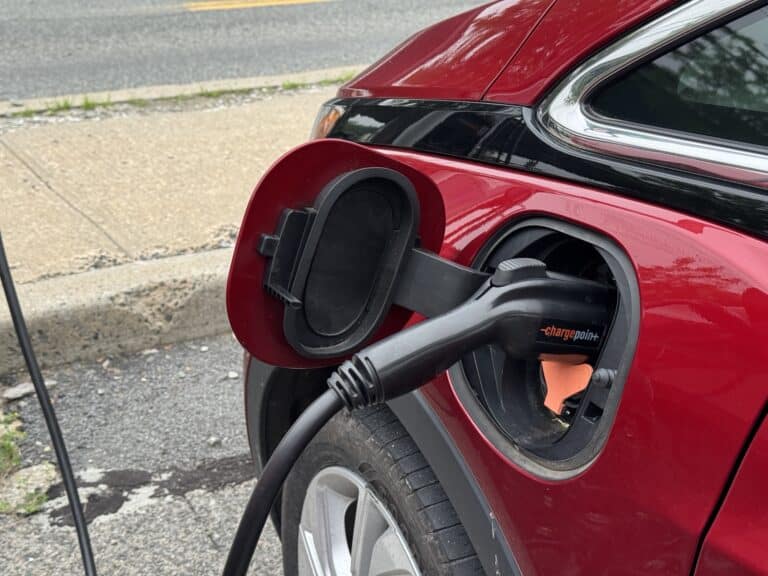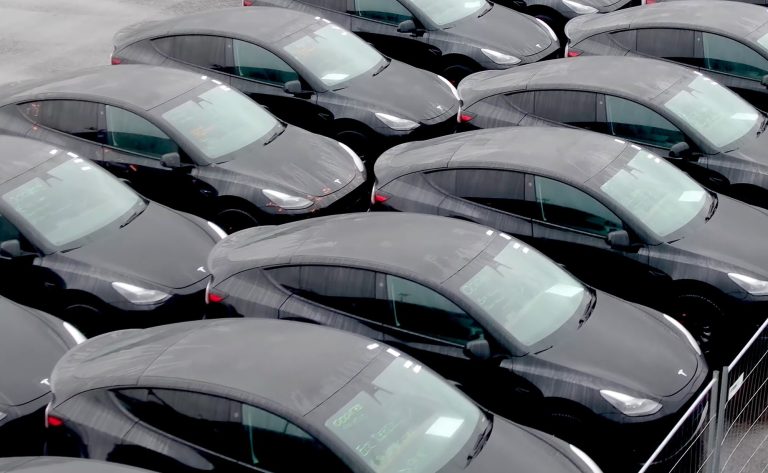Phantom braking, where the vehicle suddenly brakes aggressively without apparent reason, remains a persistent problem for Tesla drivers according to NHTSA reports.
Tesla drivers have filed a growing number of complaints about their electric vehicles ‘phantom braking’ with the National Highway Traffic Safety Administration (NHTSA) over the past three months, the Washington Post reports.
In October last year, Tesla was forced to recall its then latest version of the Tesla Full Self-Driving software over concerns that the software update triggered the cars to suddenly, aggressively brake without a clear reason. A phenomenon that is known as ‘phantom braking.’
Phantom braking reports by Tesla drivers shoots up
After the recall phantom braking complaints shot up and stayed at an elevated level as you can see in the graph below.

The Washington Post reports that the complaints rose severely around the time that Tesla discontinued the use of radar, in addition to the cameras, to identify obstacles on the road.
Last year, Tesla announced that it would stop equipping Tesla Model 3s and Ys built in North America with radar systems as of May 2021, in favor of ‘Tesla Vision’ a system that only uses the onboard cameras.
Tesla Vision uses the eight cameras on the car to create a 360-degree view around the vehicle at up to 250 meters of range. In combination with the camera, the car also uses 12 ultrasonic sensors to detect objects in its direct vicinity.
Many Tesla drivers claim that their vehicles started to ‘phantom brake’ after the changes were implemented.
“Phantom braking is what happens when the developers do not set the decision threshold properly for deciding when something is there versus a false alarm,” said Phil Koopman, a Carnegie Mellon University professor and expert on autonomous vehicle safety. “What other companies do is they use multiple different sensors and they cross-check between them — not only multiple cameras, but multiple types of sensors. With only one sensor type, it’s harder to be sure because you do not have the cross-check from a different type of sensor.”
To file a complaint with the NHTSA, Tesla drivers only need to submit the description of the problem, their VIN number, and other identifying information. The agency does not individually verify the complaints.
According to the Washington Post, the NHTSA has contacted Tesla over the surge in phantom braking complaints. The automaker did not respond to a request for comment by the news outlet, which might be related to the carmaker disbanding their public relations department in 2020.
“NHTSA is aware of complaints received about forward collision avoidance and is reviewing them through our risk-based evaluation process,” NHTSA spokeswoman Lucia Sanchez said. “This process includes discussions with the manufacturer, as well as reviewing additional data sources, including Early Warning Reporting data. If the data show that a risk may exist, NHTSA will act immediately.”
About Autopilot, the driver assistance feature suite built into Teslas, the carmaker’s CEO Elon Musk has said that it’s “unequivocally safer’ than a human driver when crash data is compared.
Increased scrutiny from lawmakers
However, Tesla has increasingly come under scrutiny from regulators who question the carmaker’s safety claims.
The majority of the complaints filed about Tesla Model Y, Model 3 vehicles over the period from 2020 to 2022 are related to phantom braking.
Tesla drivers have expressed their fear of being rear-ended as their electric vehicle suddenly braked.
Let us know what you think about the phantom braking issue in the comments below. Have you experienced your Tesla Model 3 or Y suddenly and aggressively braking or slowing down on a highway or two-lane road? We are curious to hear your thoughts on this topic.
Discover more from EVXL.co
Subscribe to get the latest posts sent to your email.




